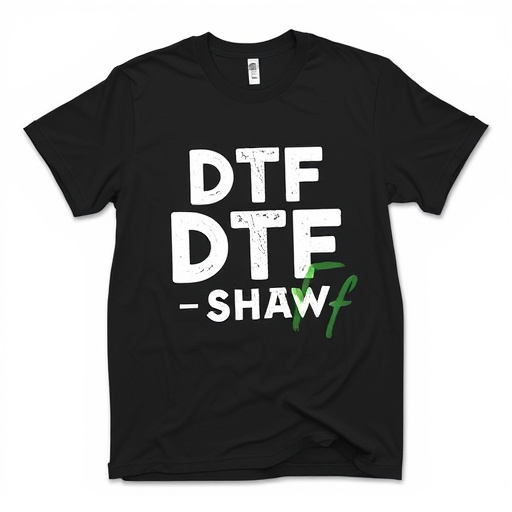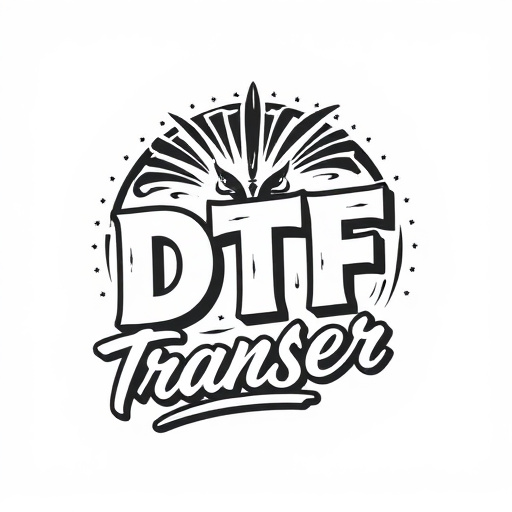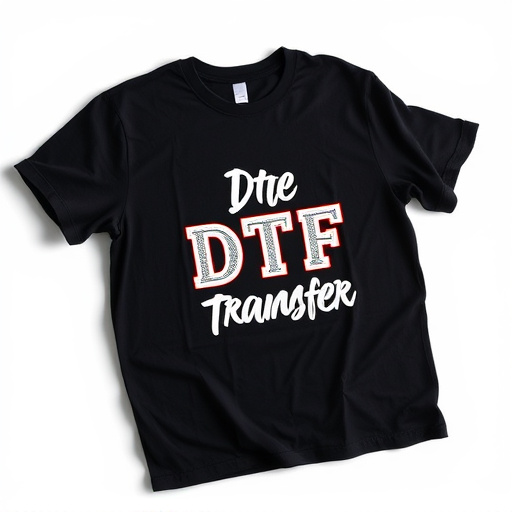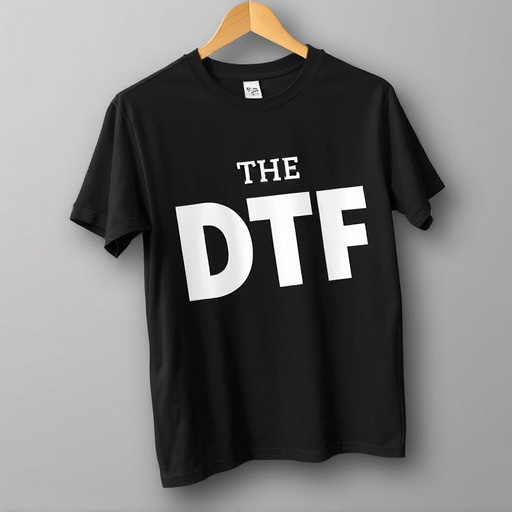Direct-to-film (DTF) printing revolutionizes fabric decoration with swift, versatile, and high-quality results. Using binding agents is crucial for securing vibrant, long-lasting DTF prints on fabrics like cotton, polyester, and nylon. Common options include latex, acrylics, and polyurethanes, each offering unique advantages in terms of adhesion, durability, and drying time. Proper application involves cleaning, coating with the chosen agent, and curing via heat or UV light. Meticulous preparation is key to achieving optimal DTF transfers, preventing issues like misalignment and ensuring long-lasting prints suitable for apparel, home decor, and more.
Direct-to-film (DTF) transfers have revolutionized fabric printing, offering vibrant, durable prints on a variety of materials. A crucial step in this process is securing the transfer with a binding agent, ensuring the print bonds seamlessly to the fabric. This article delves into the world of DTF transfers, exploring the essential role of binding agents and providing an in-depth guide to their selection, application, and best practices. From understanding DTF printing to choosing the right agent and avoiding common pitfalls, discover how to achieve exceptional DTF prints.
- Understanding Direct-to-Film (DTF) Transfers: A Brief Overview
- The Role of Binding Agents in DTF Printing Process
- Types of Binding Agents Used for DTF Transfers
- Advantages of Using a Suitable Binding Agent
- Applying and Curing the Binding Agent
- Best Practices and Common Mistakes to Avoid
Understanding Direct-to-Film (DTF) Transfers: A Brief Overview

Direct-to-film (DTF) transfers have revolutionized the way we print on fabrics, offering a highly efficient and versatile method for creating durable, high-quality prints. This process involves transferring ink directly from a digital film to a fabric surface, bypassing traditional printing methods. DTF is particularly popular among custom apparel creators due to its ability to produce vibrant, long-lasting designs on a variety of materials, including cotton, polyester, and even nylon.
The DTF transfer process begins with a digitally printed film that carries the desired design. This film is then precisely aligned and pressed onto the fabric, allowing the ink to fuse into the fibers. The result is a crisp, clear print that retains its vibrancy and detail even after multiple washes. Unlike traditional screen printing, DTF offers faster turnaround times, making it an ideal choice for small-batch production and on-demand printing services. Moreover, its non-toxic inks make it a preferred method for creating prints that are safe for both users and the environment.
The Role of Binding Agents in DTF Printing Process

In the world of DTF (Direct-to-Film) Transfer, binding agents play a pivotal role in the printing process, serving as the invisible glue that secures the final product. These agents are responsible for creating a durable bond between the film and the fabric, ensuring the vibrant and long-lasting DTF prints. During the DTF transfer process, the agent is applied to the fabric, facilitating the adherence of the film’s design while also providing a protective layer.
The critical function of binding agents lies in their ability to withstand various environmental factors, including washing and wear, without compromising the quality of the DTF prints. By choosing the right binding agent, manufacturers can guarantee that the colors remain rich and true-to-the-original, even after repeated use. This attention to detail is what distinguishes high-quality DTF transfers from their lower-grade counterparts, making them a preferred choice for many industries, from fashion to home decor.
Types of Binding Agents Used for DTF Transfers

When it comes to securing direct-to-film (DTF) transfers on fabrics, various binding agents are employed to ensure the longevity and quality of the prints. The choice of binding agent is a critical factor in DTF printing as it directly impacts the final product’s durability and appearance. Common types include latex-based adhesives, acrylics, and polyurethanes, each with unique properties tailored for different fabric types and print requirements.
Latex-based agents offer excellent flexibility and are suitable for a wide range of fabrics, making them a popular choice. Acrylics, known for their quick drying time and strong adhesive power, are ideal for high-speed printing and demanding applications. Polyurethane binders provide superior resistance to fading and chemical damage, ensuring vibrant DTF prints that last longer, particularly in outdoor settings or harsh environmental conditions.
Advantages of Using a Suitable Binding Agent

The choice of a suitable binding agent is pivotal when it comes to securing direct-to-film (DTF) transfers on fabrics, offering several advantages that enhance the overall quality and longevity of the printed products. One of the primary benefits is its ability to create a strong bond between the film and fabric, ensuring that vibrant DTF prints retain their richness and clarity even after repeated washings. This is particularly crucial for garments and textiles designed for everyday use, as it guarantees that the colors and designs remain intact during regular laundering processes.
Additionally, a well-selected binding agent contributes to the overall durability of the fabric, preventing the film from peeling or flaking over time. This not only preserves the aesthetic appeal of DTF prints but also extends the lifespan of the final product. Moreover, these agents often possess adhesive properties that allow for easy application and removal, making them versatile for various printing techniques and facilitating quick production turns in the fast-paced world of DTF printing and fabric customization.
Applying and Curing the Binding Agent

Applying and curing the binding agent is a precise process that ensures optimal adhesion for DTF transfers. First, ensure the fabric surface is clean, dry, and free from any contaminants to achieve the best results. Apply an even coat of the chosen binding agent using a brush or sprayer, following the manufacturer’s instructions regarding application techniques and timings. The key is to maintain consistent pressure as you work to prevent air bubbles and uneven coverage.
Curing involves allowing the binding agent to set, typically through exposure to heat or UV light. For DTF transfers, curing times may vary depending on the specific agent and the type of fabric used. Heat curing is a common method where a heat press or iron is used to activate the adhesive properties. This process should be carried out according to recommended guidelines to prevent damage to the fabric or the DTF prints, ensuring long-lasting, high-quality results for your direct-to-film transfers.
Best Practices and Common Mistakes to Avoid
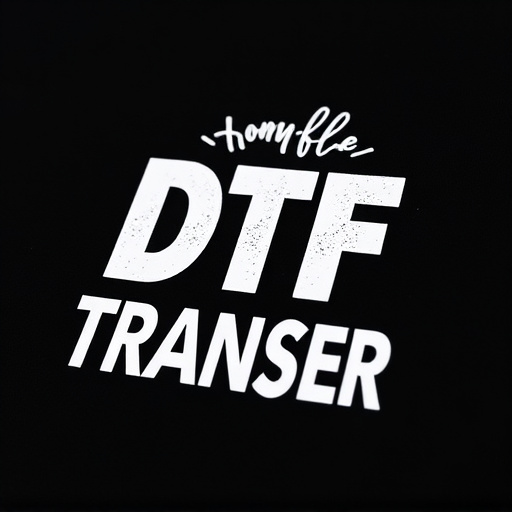
When securing direct-to-film (DTF) transfers to fabrics, best practices ensure optimal results and longevity of the prints. Firstly, prepare your fabric surface thoroughly; clean it to remove any oils or contaminants that might interfere with adhesion. This step is crucial for a successful DTF transfer. Additionally, consider using a suitable primer to enhance the fabric’s receptiveness to the ink, especially with challenging materials.
Common mistakes to avoid include improper pre-treatment of fabrics and misalignment during application. Always follow the manufacturer’s guidelines for film and ink compatibility. Misaligning the DTF film can lead to inaccurate prints and a poor finish. Furthermore, be cautious when heating the fabric; while it’s essential for setting the ink, excessive heat can damage the fabric or cause the print to smudge. Balancing pressure during application is also key; too much pressure may distort the fabric, while insufficient pressure can result in incomplete transfers.


